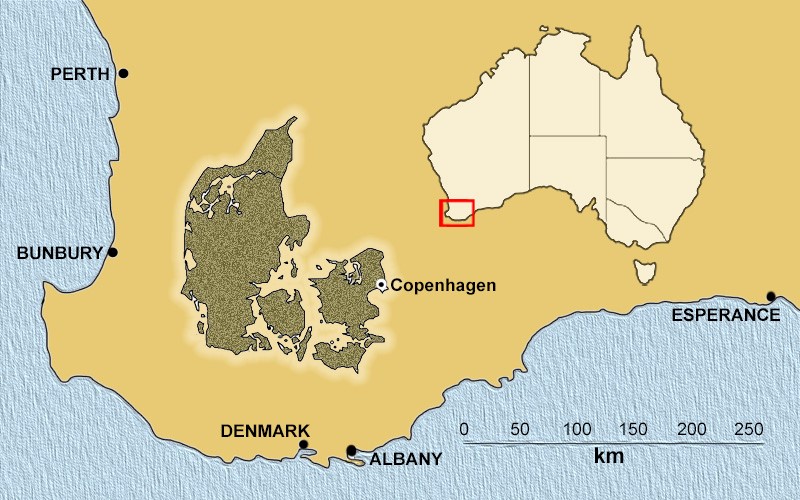

Looking ahead
Every day we use 21st-century appliances and machines in our homes and offices — yet we still rely on 19th-century power generation methods and infrastructure to run them.
Many WA rural communities are separated by considerable distances. Supplying them with energy via long wires from a central source is expensive, inefficient, and susceptible to damage and breakdowns. Much of the South West Integrated System (SWIS, or "the grid") is 50 years old or more, requiring constant maintenance and replacement at an ever-increasing cost.
The future lies in Distributed Generation (DG) using Smart Grid technology, based on renewable resources: where carbon-free energy is generated in or close to the communities that consume it, doing away with costly transmission and distribution infrastructure, and employing intelligent, automated distribution and management systems. For more about these technologies, go to the Links and Community Energy pages.
Wind energy is ideally suited to DG — it consumes nothing, creates no waste or pollution, has a small footprint and low carbon debt, won’t run out, and in many places is already cheaper than energy derived from fossil fuels.
The company proposes to erect another one or two turbines, plus battery storage/backup, as soon as economic, legislative and contractual conditions allow. The key objective is to increase output to meet total local annual demand of ∿14 GWh a year. This will also
- provide even greater stability to the local supply.
- negate historic line losses of up to 39% along the 400+km of aging distribution infrastructure between Collie and Denmark. (The windfarm currently reduces those losses by the amount of coal-based power that it replaces with renewable energy — ∿45%.)
- at least double the current annual CO2 emissions reductions of ∿6000t a year.
The country of Denmark is less than 1% the size of Western Australia*, but has more than twice the population†. It generates 30% of its power from wind, compared with less than 2% in WA††.
* 43,000 km² vs 2.5 million km²
† 5.5 million v 2.4 million
†† ±400MW out of 18,000MW generated (2012)

© 2020 Denmark Community Windfarm Ltd, Denmark, Western Australia. All rights reserved.
Website by jddesigns.com.au

